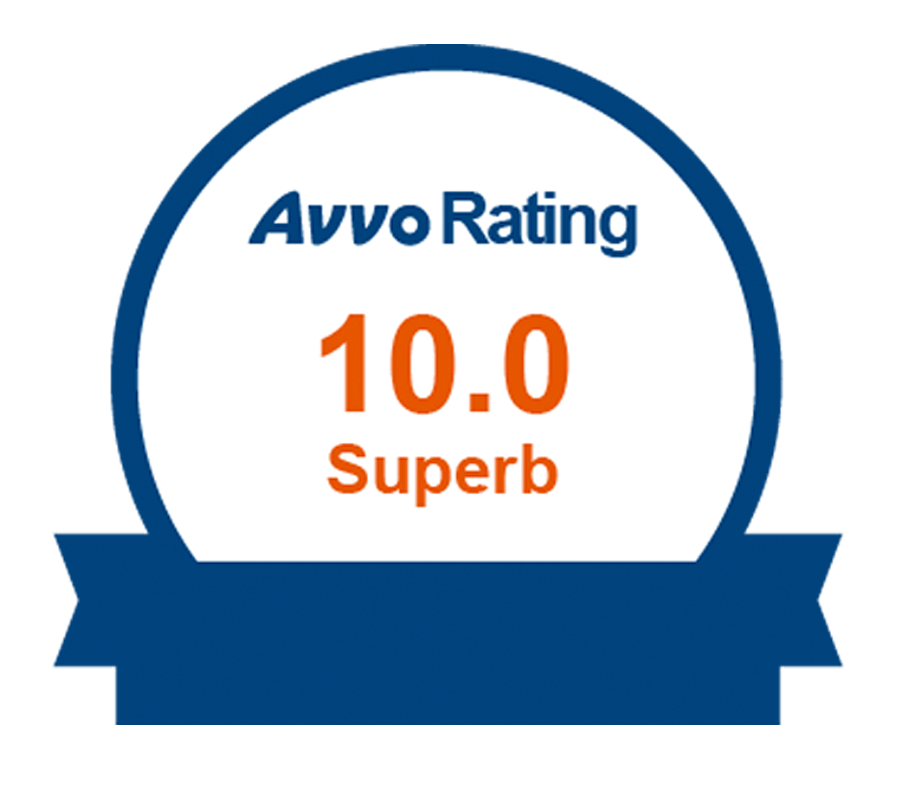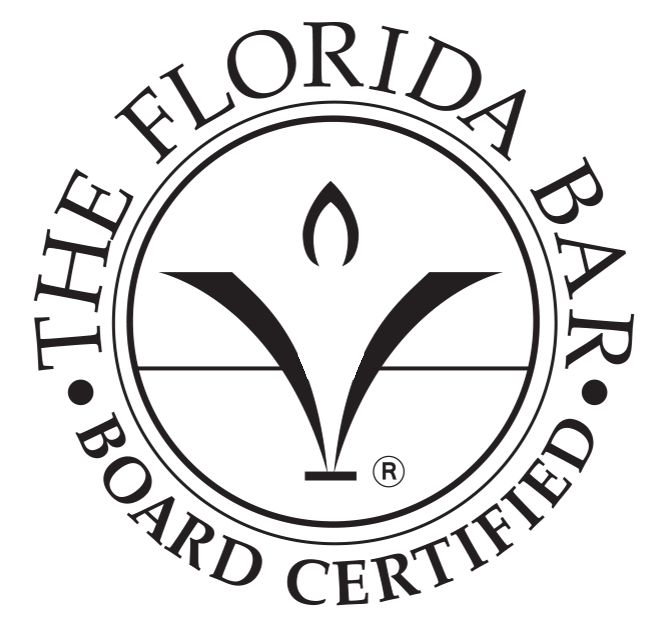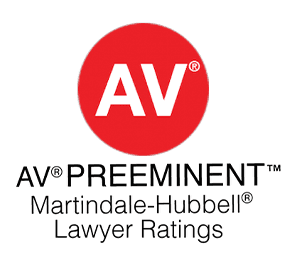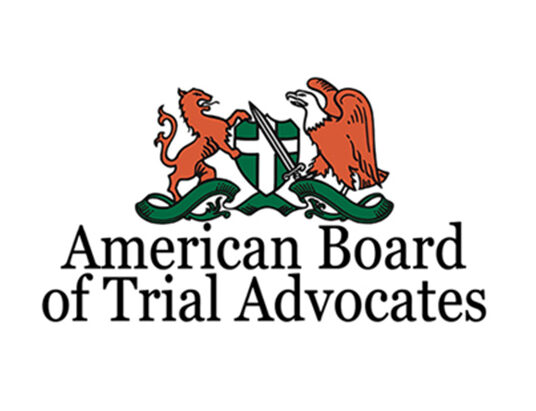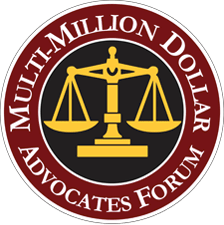Nationwide, about 80-92% of personal injury claims are settled rather than tried in court. However, when the plaintiff and the at-fault party’s insurance provider can’t reach a settlement through negotiation, mediation and litigation are the only options left. Whether your case is settled through mediation or tried in court, it’s vital to work with a skilled personal injury lawyer in Daytona Beach, Florida to help you understand each process and how it may affect your case.
What is mediation in a Florida personal injury lawsuit?
Mediation is a part of the personal injury claim process where all parties involved agree to have a neutral third party to help them come to an agreement without going to trial. Although the process of mediation can be voluntary, sometimes the judge may also order parties to resolve the contentious issues out of court before allowing a case to go to trial. Whether it’s voluntary or court-ordered, the mediation process may take just one session to reach a consensus or drag on for weeks or even months.
The longer or shorter the mediation process takes depends on:
- The willingness of the parties involved to come to a compromise
- The complexity of the claim
- The type of damages under negotiations
What to expect during the mediation process
While there can never be two mediation sessions that are exactly alike, their formality is generally the same, and the process includes:
- Introductions: At this stage, the mediator introduces him/herself to all parties involved. After this, they will ensure that all parties identify themselves and their roles in the case.
- Signing confidentiality agreements: After the introductions, the mediator ensures that all the parties involved sign a document agreeing to keep the negotiations confidential.
- Opening statements: At this stage, both sides give an opening statement, with the first being the plaintiff’s attorney followed by the defense attorney. Both opening statements help the mediator and all the parties get an overview of what the jury may see if the claim goes to trial.
- Mediation begins: Once both teams are through with the opening statements, the actual mediation begins with all parties in different rooms. The mediator moves from room to room, carrying information from one party to the other until the parties reach a consensus or the mediation fails.
- Mediation ends: If a consensus is reached, both parties must sign a written document agreeing to the terms of the settlement. Finally, with the help of their lawyer, the plaintiff signs a release agreeing that the case is over. However, if the at-fault party’s insurer doesn’t come through with a better final offer, the lawsuit proceeds to trial.
What to expect during the trial process

If mediation fails, your attorney may move your case to the trial phase. In the trial phase of your personal injury lawsuit, the responsibility of determining fault and fair compensation lies with the judge or the jury. The trial process consists of six main phases that include:
- Establishing the jury: When establishing the jury, the judge and the parties involved participate in choosing the jury from a pool of potential jurors.
- Making the opening statement: In this phase, both parties make their opening statements to give the judge and the jury a general overview of the case.
- Witness testimonies and cross-examination: Both parties are then allowed to present their evidence and call in their witnesses. Additionally, both sides get the opportunity to cross-examine the witnesses and challenge the evidence provided by either party.
- Closing arguments: Once the parties are through cross-examining the witnesses, they are allowed to sum up their case. At this point, the plaintiff tries to show the jury why the defendant should be held legally responsible for their injuries, while on the other hand, the defendant attempts to show the jury how the plaintiff’s case has fallen short of establishing the defendant as legally liable for the plaintiff’s injuries.
- Jury instructions: At this stage, the judge guides the jury on making deliberations by providing them with a set of legal standards to follow through the process.
- Deliberation and verdict: At this phase, the jury retreats for deliberations which can take several hours or drag on for weeks. After the deliberation, the judge reads out the final verdict. In case the jury fails to reach a unanimous decision, you have the opportunity to refile and start the process all over again.
Depending on the complexity of the case, a personal injury lawsuit may take between one and two years to complete or even drag for longer if the losing party decides to appeal the judgment.
Our Daytona Beach injury lawyers can represent you in and out of court
If you’re considering filing a personal injury claim after an accident in Florida, contact an experienced Daytona Beach injury lawyer at Zimmet & Zimmet. Our attorneys have been representing injured victims in and out of court for over 40 years, ensuring that our clients recover the fairest compensation for their damages. To schedule a free consultation, give us a call at 386-210-3720 or contact us online today.
What to read next:
What No One Tells You About Filing Personal Injury Claims In Florida






